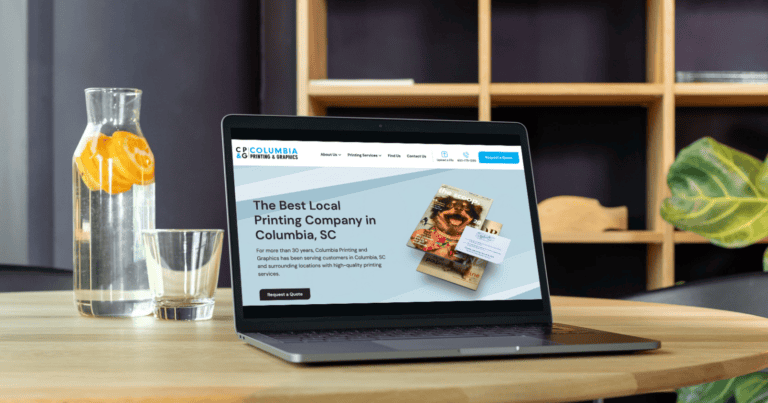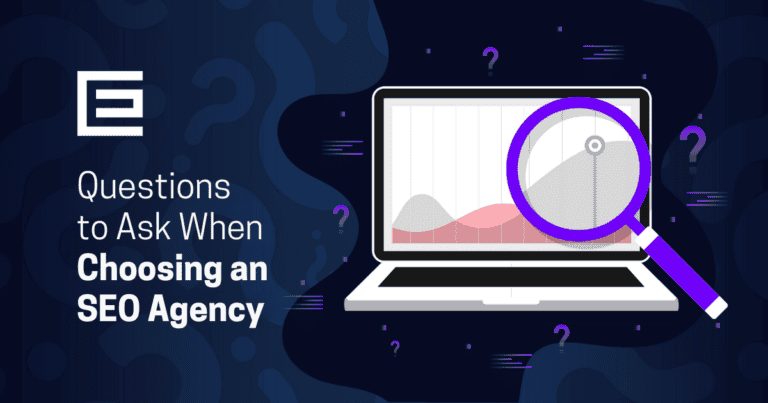In today’s digital age, where commerce increasingly transcends physical boundaries, payment gateways have emerged as indispensable tools providing secure and efficient electronic transactions. Whether you operate an e-commerce store, manage subscriptions, or handle online donations, understanding what a payment gateway entails, its benefits, and how to select the right one is crucial for ensuring seamless financial transactions and safeguarding sensitive customer data.
Understanding Payment Gateways
Exploring the Basic Functionality
The process begins when a customer initiates a payment, either by entering their payment details on the merchant’s checkout page or through an integrated payment button. The payment gateway encrypts this information to prevent unauthorized access during transmission. Subsequently, the gateway forwards the encrypted data to the payment processor or acquiring bank for verification. Once the transaction is authenticated and approved by the bank or card network, the payment gateway relays the confirmation back to the merchant, thereby completing the transaction process.
Benefits of Payment Gateways
Payment gateways offer a myriad of benefits to businesses, enhancing operational efficiency, customer satisfaction, and financial security:
- Convenience and Accessibility: By enabling businesses to accept various forms of electronic payments—including credit/debit cards, digital wallets, and bank transfers—payment gateways cater to diverse customer preferences, thereby expanding market reach and enhancing customer convenience.
- Enhanced Security: Security remains paramount in digital transactions. Payment gateways employ advanced encryption techniques, such as SSL (Secure Sockets Layer) encryption and tokenization, to safeguard sensitive payment data from potential cyber threats and unauthorized access. Additionally, adherence to industry standards like PCI DSS (Payment Card Industry Data Security Standard) compliance ensures robust data protection protocols.
- Global Reach: In a globalized marketplace, payment gateways facilitate cross-border transactions by supporting multiple currencies and enabling seamless international payments. This capability not only broadens a business’s customer base but also streamlines financial operations across different geographical regions.
- Streamlined Financial Operations: Automating payment processes through payment gateways reduces administrative burdens associated with manual payment handling, such as reconciliation and invoicing. Real-time transaction monitoring and reporting features further enhance transparency and operational efficiency.
- Fraud Prevention Measures: Advanced fraud detection tools integrated into payment gateways help mitigate risks associated with fraudulent transactions. Features like address verification (AVS), CVV checks, and sophisticated algorithms analyze transaction patterns to identify and prevent suspicious activities.
- Customer Trust and Satisfaction: By offering a secure and seamless payment experience, payment gateways instill confidence in customers, thereby fostering loyalty and repeat business. Transparent pricing structures and reliable customer support further contribute to positive user experiences.
Types of Payment Gateways
Payment gateways are available in various configurations to cater to diverse business needs. Understanding the different types of payment gateways is crucial for businesses aiming to align their transactional requirements and customer preferences effectively.
1. Hosted Payment Gateways
Hosted payment gateways are widely adopted by businesses, particularly those prioritizing simplicity and security. When a customer initiates a payment, they are seamlessly redirected from the merchant’s website to the secure platform of the payment gateway. Here, customers enter their payment details and complete the transaction. Once processed, they are redirected back to the merchant’s site. This method relieves the merchant of handling sensitive payment information, enhancing overall security. Hosted gateways are favored by small to medium-sized businesses seeking a straightforward and secure payment processing solution without the complexities of managing payment data directly.
2. Integrated Payment Gateways
Integrated payment gateways offer a more seamless transaction experience by embedding directly into the merchant’s website or mobile application. Customers complete the entire payment process without leaving the merchant’s platform, ensuring a cohesive user experience. Integration typically involves utilizing APIs (Application Programming Interfaces) provided by the gateway service. While integrated gateways enhance user convenience, they require merchants to manage and secure payment data, necessitating adherence to stringent security standards such as PCI DSS (Payment Card Industry Data Security Standard).
3. Direct Post Gateways
Direct post gateways strike a balance between hosted and integrated solutions. In this setup, customer payment details are entered directly into the payment gateway’s server, but the transaction appears to occur within the merchant’s site. This method reduces the volume of sensitive data transmitted through the merchant’s server, thereby lowering their security responsibilities. However, it still allows the merchant to maintain control over the user experience compared to fully hosted solutions. Direct post gateways suit merchants seeking integration benefits without assuming full liability for handling sensitive payment data.
Each type of payment gateway offers a distinct combination of convenience, security, and user experience, enabling businesses to select the solution that best aligns with their operational model and customer expectations.
How to Choose the Right Payment Gateway
Selecting the appropriate payment gateway for your business requires careful consideration of several key factors tailored to your specific operational needs and customer expectations:
- Compatibility and Integration: Ensure that the payment gateway integrates seamlessly with your existing e-commerce platform, website, or mobile application. Compatibility extends beyond technical integration to include user interface (UI) and user experience (UX), ensuring a cohesive and intuitive payment process for customers.
- Supported Payment Methods: Assess the range of payment methods supported by the gateway, including credit/debit cards, digital wallets (e.g., PayPal, Apple Pay), ACH transfers, and cryptocurrencies. Choose a gateway that aligns with your target audience’s payment preferences to maximize transaction acceptance rates.
- Security Features and Compliance: Prioritize payment gateways that adhere to stringent security standards, such as PCI DSS compliance. Evaluate encryption protocols, data tokenization methods, and fraud prevention tools offered by the gateway to safeguard sensitive customer information and minimize security vulnerabilities.
- Transaction Fees and Cost Structure: Understand the fee structure associated with using the payment gateway, including setup fees, transaction fees (percentage per transaction or flat fee), monthly subscription fees, chargeback fees, and currency conversion fees for international transactions. Strike a balance between cost-effectiveness and the quality of service provided by the gateway.
- Scalability and Growth Potential: Consider your business’s scalability requirements and future growth projections when selecting a payment gateway. Choose a provider capable of accommodating increasing transaction volumes, expanding product offerings, and supporting additional features, such as recurring billing and subscription management.
- Customer Support and Service Level Agreements (SLAs): Evaluate the quality and responsiveness of customer support offered by the payment gateway provider. Ensure availability of technical assistance, troubleshooting resources, and comprehensive SLAs to address potential issues and minimize downtime affecting payment processing.
- Reputation and Reliability: Research the reputation and reliability of payment gateway providers within your industry. Seek reviews, testimonials, and case studies from existing customers to gauge provider credibility, service reliability, and overall satisfaction levels.
Popular Payment Gateway Providers
PayPal
PayPal is one of the most recognized names in the payment gateway sector. Known for its ease of use and widespread acceptance, PayPal offers solutions for both small businesses and large enterprises. Its global reach and reputation for security make it a popular choice.
Stripe
Stripe is renowned for its developer-friendly platform and extensive customization options. It caters to a wide range of businesses, from startups to large corporations, and is particularly favored for its robust API and seamless integration capabilities.
Square
Square has gained popularity, especially among small businesses and physical storefronts. It offers a comprehensive solution that includes payment processing, point-of-sale systems, and other business tools. Square is known for its straightforward pricing and user-friendly interface.
Authorize.Net
Authorize.Net is a well-established player in the payment gateway market, offering a range of services including payment processing, fraud prevention, and simple integration options. It’s a preferred choice for businesses looking for reliability and extensive support.
FAQs
What is the Difference Between a Payment Gateway and a Payment Processor?
The terms payment gateway and payment processor are often used interchangeably, but they refer to distinct components in the transaction process. A payment gateway acts as a digital intermediary between the merchant and the payment processor. It securely transmits payment information from the customer to the processor. On the other hand, a payment processor facilitates communication between the merchant’s bank (acquiring bank) and the customer’s bank (issuing bank). It manages the actual processing of the transaction, including the transfer of funds.
In simpler terms, think of the payment gateway as the interface that collects and encrypts payment data, while the payment processor is the backend service that oversees transaction approval or decline.
How Does a Payment Gateway Secure Transaction Data?
Payment gateways employ various methods to ensure the security of transaction data. Encryption is a primary safeguard where sensitive information like credit card numbers is encrypted to prevent unauthorized access during transmission. Additionally, most gateways adhere to PCI DSS (Payment Card Industry Data Security Standard) guidelines, ensuring secure handling of card information.
Moreover, many payment gateways incorporate advanced fraud detection algorithms. These algorithms analyze transaction patterns to identify and prevent suspicious activities, enhancing overall transaction security.
Can Small Businesses Benefit from Using a Payment Gateway?
Absolutely, small businesses can derive significant benefits from utilizing a payment gateway. These gateways provide a secure and professional means to manage transactions, thereby enhancing customer trust and credibility. They streamline the transaction process, allowing small businesses to focus on other operational aspects.
Furthermore, payment gateways enable small businesses to accept a wide range of payment methods, including credit cards and digital wallets, which can expand their customer base. Many gateways offer scalable solutions that grow with the business, making them suitable for businesses of all sizes.
Are There Any Alternatives to Traditional Payment Gateways?
Yes, several alternatives to traditional payment gateways exist:
- Peer-to-Peer (P2P) Payment Systems: Platforms like PayPal or Venmo facilitate direct transactions between individuals, bypassing traditional banking channels.
- Blockchain-Based Payment Systems: These systems offer decentralized and often more cost-effective transaction options. Cryptocurrency payments, in particular, are gaining popularity due to lower transaction fees and enhanced privacy features.
- Direct Bank Transfers: Especially prevalent in B2B (business-to-business) transactions, direct bank transfers enable businesses to transfer funds directly between bank accounts, bypassing traditional payment gateways and processors.
Each alternative offers unique advantages depending on specific business needs, transaction volumes, and desired levels of security and convenience.
Would you like a cutting-edge eCommerce Website?
Our team of experts at TheeDigital can help you develop a eCommerce site that’s easy to use, update, looks great and generates sales and leads.
Tags: Digital Marketing • Questions & Answers






